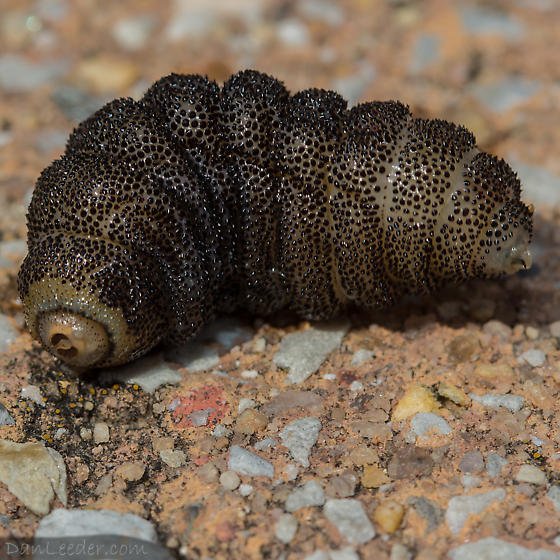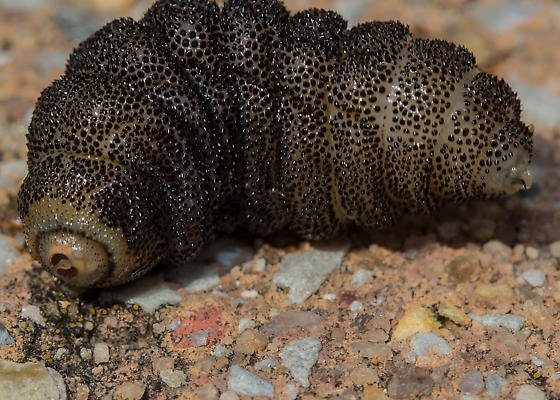
In this guide, we’ll dive deep into the world of wolf worms. You might be wondering why we should care about these little parasites. Understanding wolf worms can help us be more aware of wildlife health and the ecosystems around us. So, let’s get into what wolf worms are, how they affect animals, and what makes them so unique!
What Exactly Are Wolf Worms?
Wolf worms are the **larvae of botflies**, specifically the species *Cuterebra*. These little guys start their lives when a female botfly lays her eggs, often on or near a host animal, like a rabbit or a squirrel. When the eggs hatch, the larvae invade the host’s skin, where they grow and develop. It’s like the host becomes a temporary home for these squirmy little tenants!
Interestingly, wolf worms don’t just affect one type of animal. They can be found in various mammals, including pets like cats and dogs. This makes it important for pet owners to be aware of these larvae, as they can cause health issues for their furry friends. So, how do these larvae impact their hosts? Let’s find out.
How Do Wolf Worms Affect Their Hosts?
When wolf worms invade an animal, they create what’s called a **cutaneous myiasis**. This means they set up shop in the skin, often causing swelling and irritation. The animal might start scratching or biting at the area because it’s uncomfortable. You might think, “That sounds pretty awful!” And it can be—not only is it irritating, but it can also lead to infections.
Here’s the thing: while it might sound like the larvae are just freeloading, they can actually seriously harm their hosts if left untreated. Symptoms might include:
- Swelling at the entry point
- Pain or discomfort
- Redness and inflammation
- Possible fever or lethargy
If you notice any of these symptoms in your pet, it’s a good idea to consult a veterinarian. Early detection can make a big difference!
Life Cycle of Wolf Worms
Let’s take a moment to explore the **life cycle** of wolf worms. It all starts when a female botfly lays her eggs near a potential host. This can be on the ground or even on the fur of another animal. Once the eggs hatch, the larvae use their tiny, hook-like structures to latch onto the skin of the host. It’s like they have their own set of climbing gear!
After entering the host’s body, they typically stay there for about 30 days. During this time, they feed on the host’s tissues, which might sound alarming, but it’s part of their natural life cycle. Eventually, they reach a point where they’re ready to leave their host. They create a little exit hole, fall out onto the ground, and the cycle starts again. It’s nature’s way of keeping things moving!
Identifying Wolf Worm Infestations
If you’re curious about how to spot a wolf worm infestation in your pet, look for a few key signs. First, keep an eye out for any unusual lumps or bumps on their body, especially around the abdomen or back. These can be places where the larvae are growing under the skin.
Another telltale sign is a **small opening** in the bump, which is where the larvae breathe. It might also have a bit of discharge or pus around it. If you see something like this, please don’t panic! The best course of action is to take your pet to the vet, who can properly assess the situation and remove the larvae if necessary. Remember, early treatment is key!
How Are Wolf Worms Treated?
So, what happens if your pet does have wolf worms? The good news is that they can be treated relatively easily. A veterinarian can remove the larvae, often using a procedure that involves carefully extracting them from the skin. It’s a bit like pulling a splinter, and it’s usually not very painful for the animal.
After the larvae are removed, the vet will likely suggest some **antibiotics** or anti-inflammatory medications to help with any infection or swelling that might have occurred. Keeping a close eye on the affected area is also important to ensure it heals properly.
To prevent future encounters with wolf worms, consider using **preventative treatments** for your pets, like certain topical or oral medications that can help keep botflies at bay.
Why Should We Care About Wolf Worms?
Understanding wolf worms and their impact on animals helps us appreciate the delicate balance of nature. While they might seem gross or scary, they play a role in the ecosystem. Their presence indicates that an animal population is thriving, and they also contribute to the food chain.
However, when they affect pets or local wildlife too severely, it can cause health issues or even harm to the animals. This makes it important for pet owners and wildlife enthusiasts to be informed and proactive.
Wolf worms might not be the most charming creatures in the animal kingdom, but they’re definitely interesting. From their life cycle to how they affect their hosts, these botfly larvae remind us of the intricacies of nature. Whether you’re a pet owner, a wildlife lover, or just curious about the world around you, knowing more about wolf worms can help us be more aware of animal health.
If you think your furry friend might be dealing with wolf worms, don’t hesitate to reach out to a veterinarian. With a little knowledge and care, we can support our pets and the broader ecosystems around us. So, keep an eye out for those little bumps and be part of the solution in keeping our animals happy and healthy!

